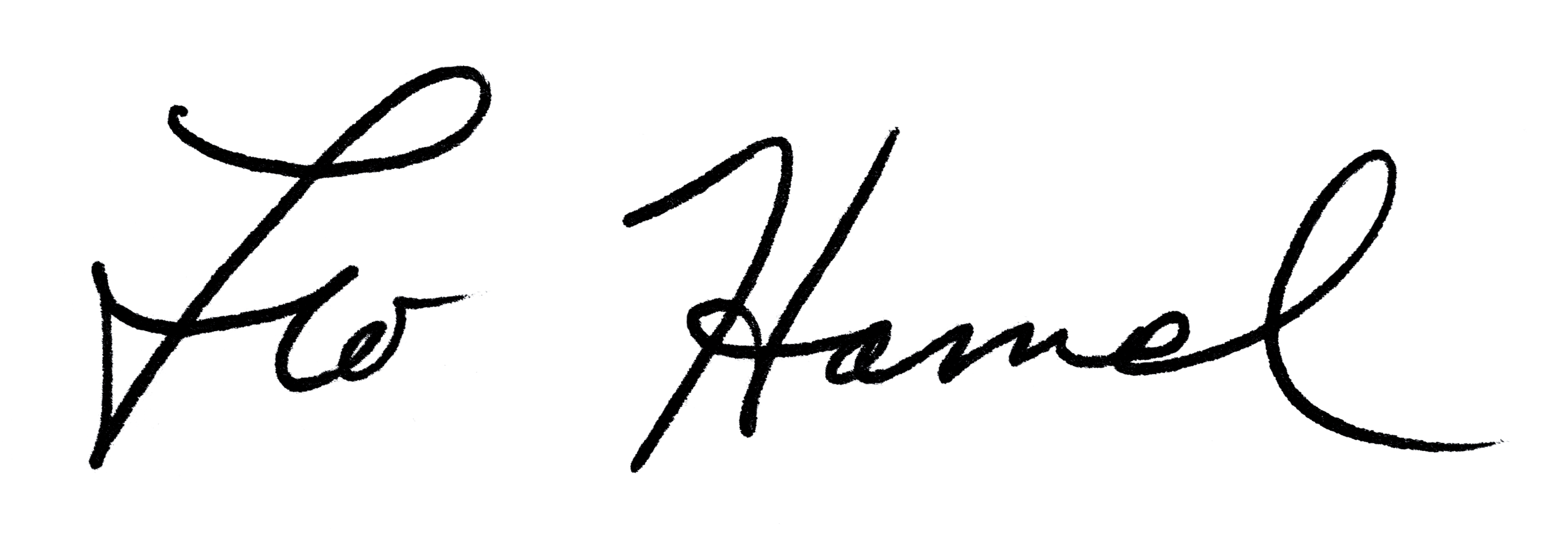
Leo Hamel Fine Jewelers Policy Letter
Sales Invoices Entered by Others
Often when we are busy, assistants or others will be called upon to enter an invoice for a salesperson and charge the customer, acting as a cashier. It has happened in the past that the details of the sale were not communicated clearly, resulting in the customer being undercharged. Therefore anyone who asks another person to invoice a sale for them MUST write out the details of the sale on paper first. We have created a form for that purpose: the pricing form.
The pricing form must show the price of the item, the sales tax or shipping charge, any trade-ins to be taken as a form of payment, and the net amount to collect from the customer. You can note how the customer is going to pay if you already know. It’s best for the salesperson to go over this completed form with the customer before handing it to the cashier to invoice, so that everyone is clear on the amounts.
The cashier should enter the invoice and then verify it with the salesperson again before showing it to the customer.
The cashier must attach the pricing form to the invoice before turning it in, and in these situations the pricing form becomes part of a completed invoice. Any retail invoice that is completed by someone other than the salesperson that does not have this form attached, will be considered an incomplete invoice and loss of commission will occur. Refer to LHFJ PL “Completed Sale” for further details about complete invoices.
Here is the correct sequence of events:
- Salesperson writes up the details on the pricing form
- Salesperson goes over the details with the customer to confirm
- Salesperson gives the form to the cashier who enters the invoice
- Cashier shows the completed invoice to the salesperson
- Cashier shows the invoice to the customer and collects payment due
- Cashier attaches the pricing form to the completed invoice before turning it in.
That someone else writes up a sale does not relieve the salesperson of any responsibility for ensuring it is written up correctly. Any error calls for both the salesperson and the person assisting to be corrected.
This should help eliminate mistakes being made through “third party” help. Getting the correct data to the cashier is the key to correct accounting as well as happy customers.
